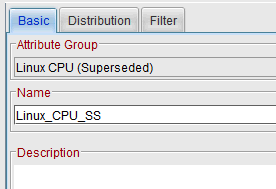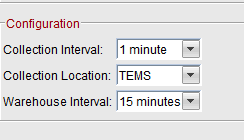Installing PHP on windows. ( since I want to set up my own WAMP server i.e Windows - Apache-MySQL and PHP )
Go to this link where the PHP installer can be downloaded.
http://in.php.net/downloads.php

Download the installer

Run the executable
Accept the License Agreement.
( I did not accept any web server to be setup - as I had my own TomCat Apache web server. )
No changes here.

Run the installer - by choosing my directory to be installed and that was it.
This installs the PHP.
Go to this link where the PHP installer can be downloaded.
http://in.php.net/downloads.php

Download the installer

Run the executable
Accept the License Agreement.
( I did not accept any web server to be setup - as I had my own TomCat Apache web server. )
No changes here.

Run the installer - by choosing my directory to be installed and that was it.
This installs the PHP.












































